The new Toyota Aygo promises much improved driving manners, more refinement, better fuel economy and reduced CO2 emissions alongside its Citroën C1 and Peugeot 108 sister models, with the trio officially revealed at the recent Geneva motor show.
Developed by Toyota, these city cars are substantially new, even though the basic platform, wheelbase and suspension are carried over from the old models.
Chief engineer Kazuhiko ‘David’ Terai revealed that the upper body is all new, while at least 30 per cent of the chassis, which includes a stiffer rear twist-beam axle, revised springs and dampers and a thicker stabiliser bar, is also new. The hidden part of the structural platform is also up to 10 per cent new.
“We wanted to improve driving dynamics on the new car, particularly for Toyota,” Terai said. “So, for example, we have quickened up the steering ratio.”
The upper bodies of the three new cars have been redesigned from scratch and are trimmed to create greater differentiation between the three brand variants.
One costly change is a new windscreen as an integral part of the all-new upper body. “We had long discussions with PSA over the A-pillar angle,” said Terai. “We wanted a more sloped-back, sportier angle. That gives us more dynamic, expressive styling.”
The base of the pillars has been moved forward, which brings the additional benefit of a slightly extended cabin, which is now 9mm longer.
As on the old cars, the headlights of the three variants are unique, but a new feature is a unique front bumper for each model.
This drive for differentiation has added a controversial feature to the new Aygo — a distinctive nose graphic of black trim arranged as a cross, with its upper arms running along the top of the front wings. The trim is moulded in plastic and fits in a groove pressed into the wings.
The cross is available in several colours — including white, silver, red and black — but can be specified as a contrast colour only.
The Citroën and Peugeot models have standard-design front wings and no contrasting trim. In order to further differentiate them from the Toyota, the Citroën, for example, has black-painted pillars to create a ‘floating roof’ effect. The Peugeot, meanwhile, has the most conventional styling and body-coloured pillars.
Aygo's new tech

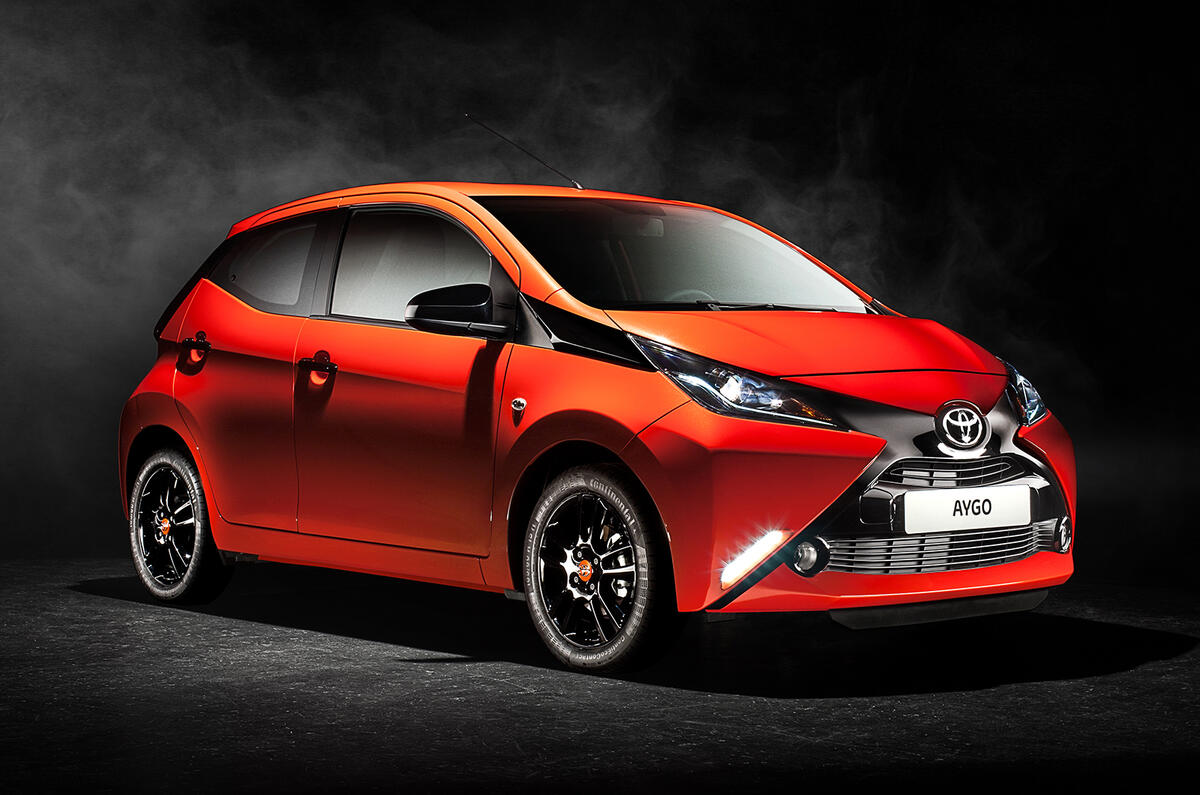
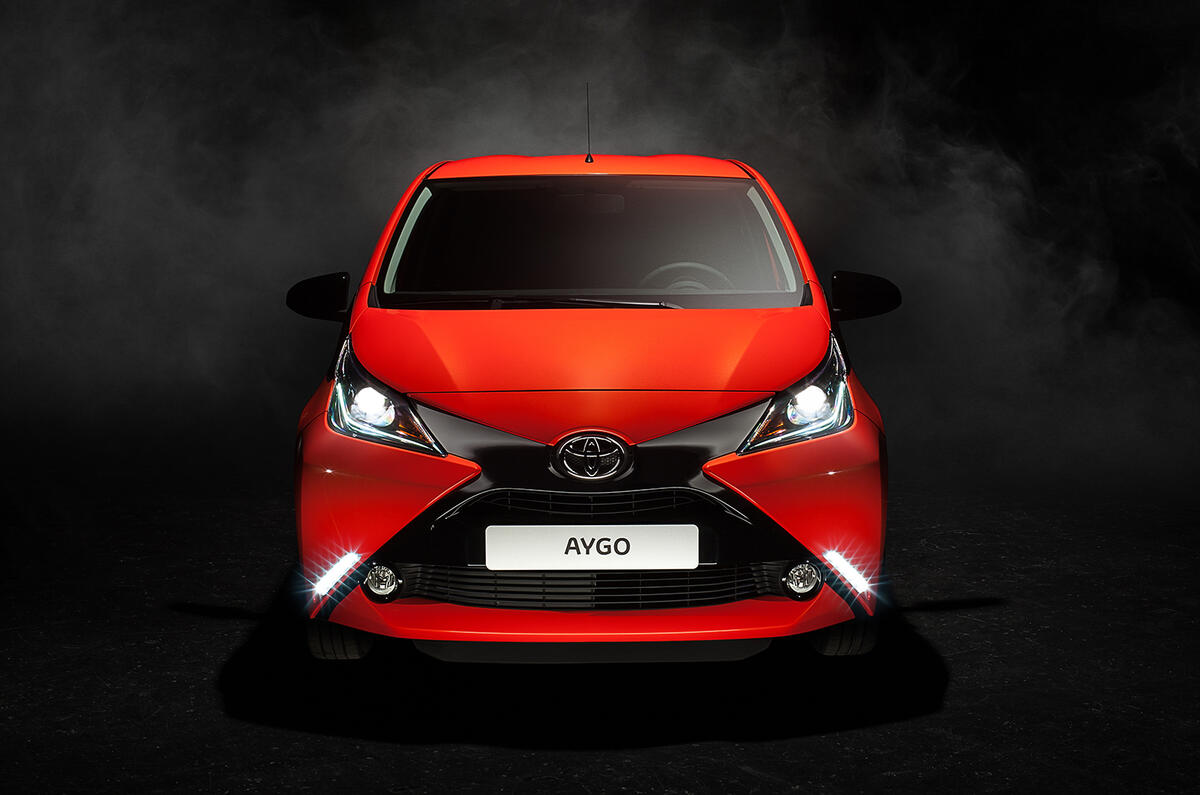
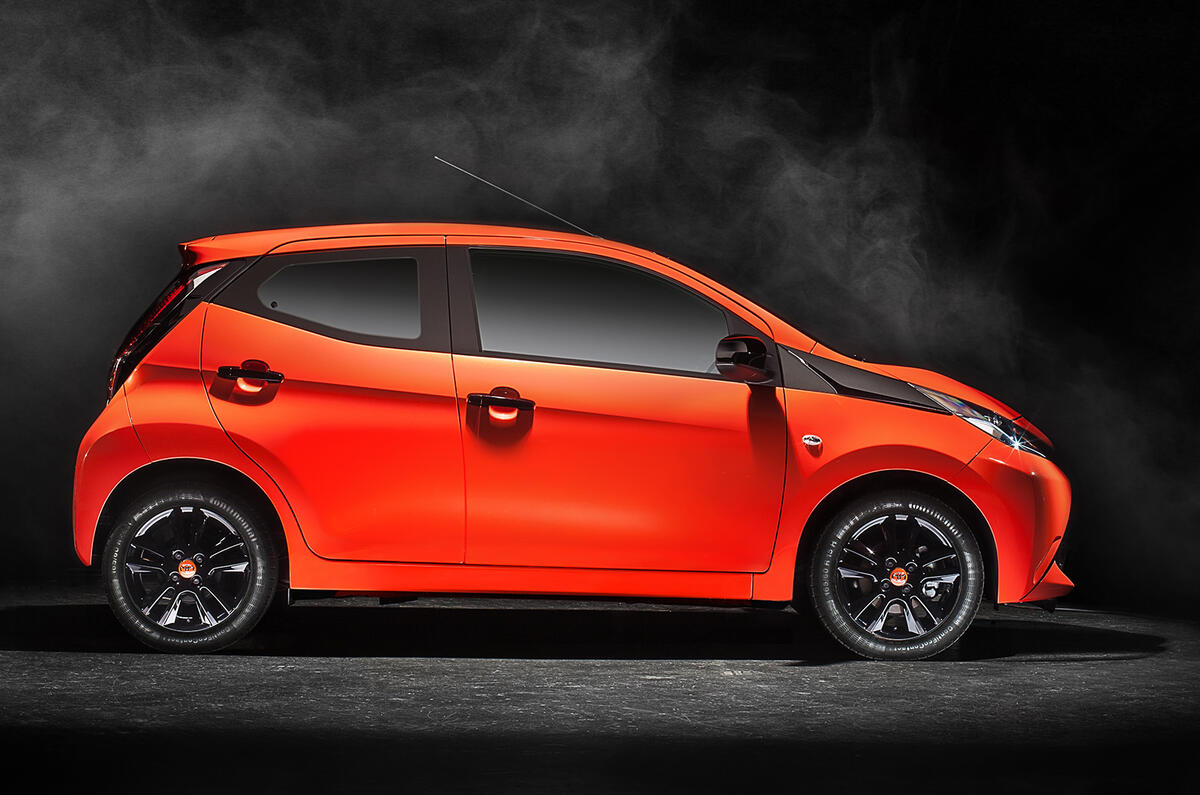
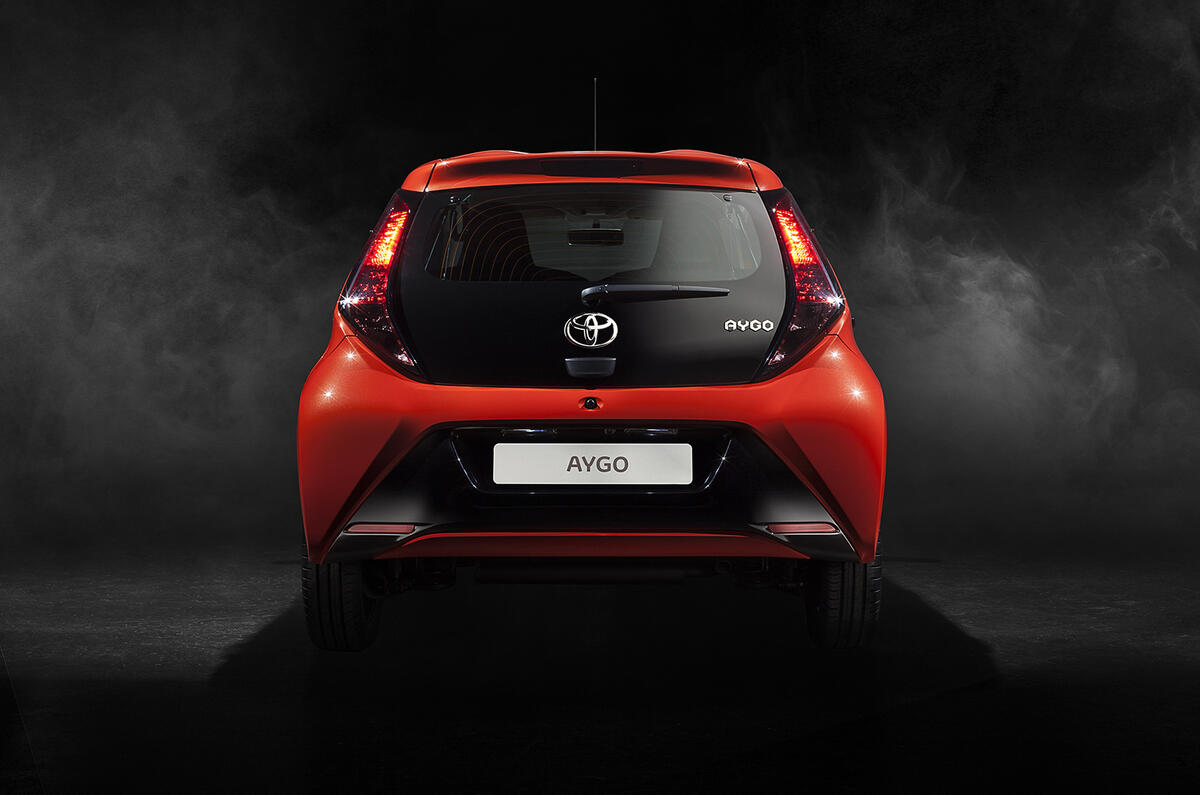

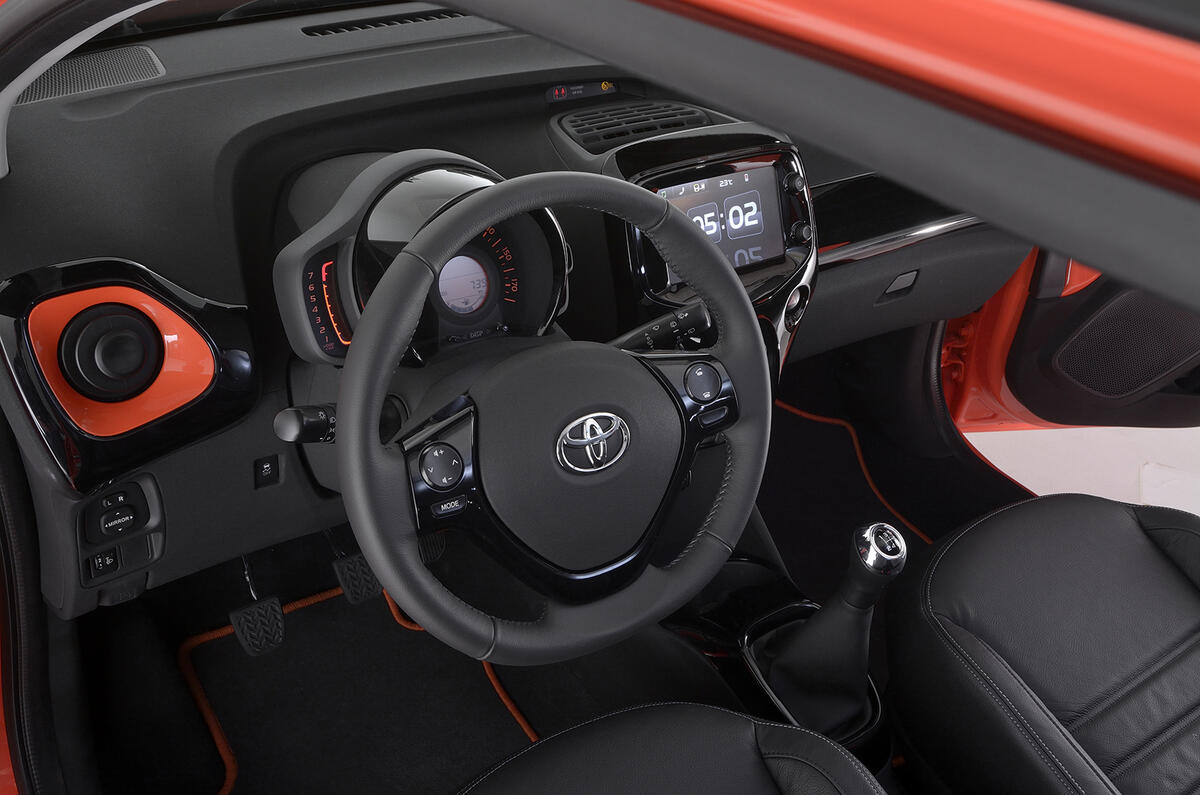

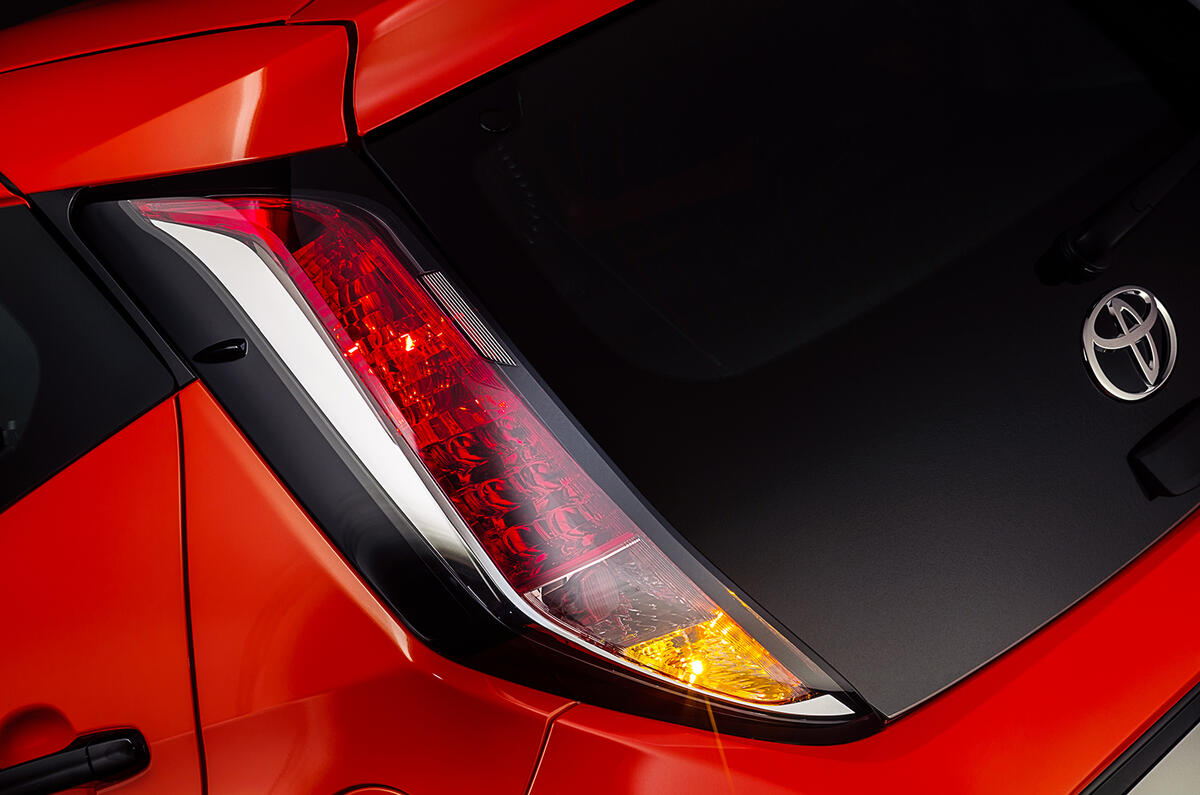
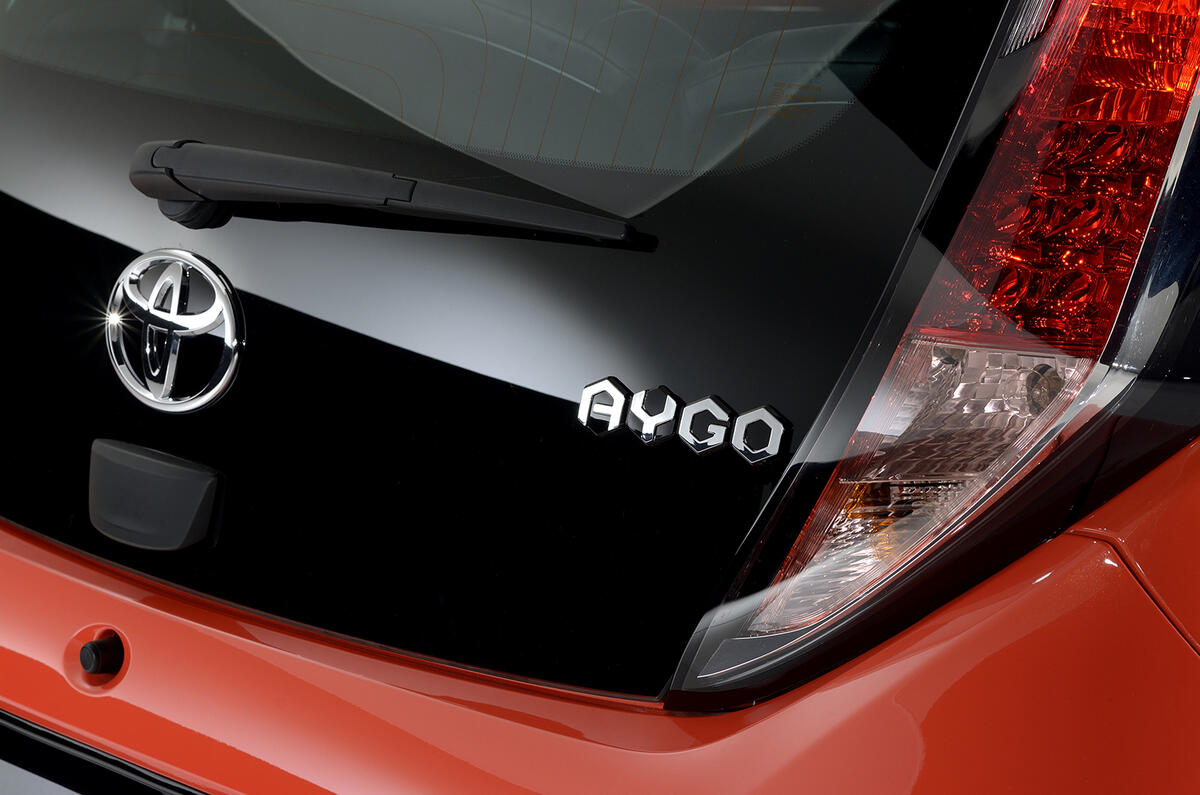
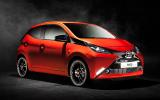
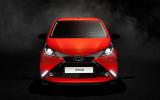
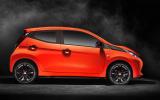
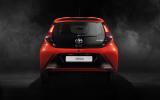
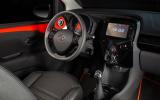
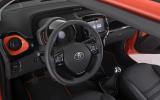
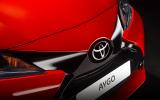
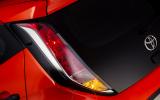
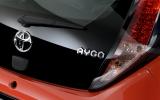


Join the debate
Add your comment
Still doesn't answer why it
@LP I think this is a
"but a new feature is a